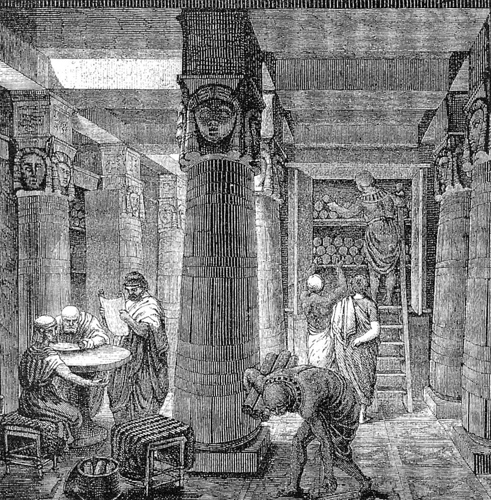Alberta Mayo under an image of Michael Asher
I love Alberta Mayo! For the last presentation of the conference, Mayo describes founding the extremely special Manitoba Museum of Finds Art in the mid-1970s. She was working as an administration assistant at the San Francisco Museum of Art for erstwhile director Henry T. Hopkins and created an institution in her office. She was inspired by Dudley Finds, who was head of the Fat City School of Finds Art (the pun on “fine” and “finds” apparently intentional.) Though the entire Manitoba Museum of Finds Art started in her office in San Francisco (and decidedly NOT in Manitoba, where I think she has never been), Mayo commissioned work from and presented work by an incredible array of artists: Sol Lewitt, Of the projects she mentioned, I love the description of Lynn Hershman Leeson’s—she brought in a box of doughnuts and put it in Mayo’s desk drawer, so that if a visitor to the “museum” came in, they could sit with Mayo and eat a doughnut. She even gave a grant. The collection of the MMoFA seems to be very playful (i.e. a glass jar of cotton balls used to clean a Jean Arp sculpture), and many items which are overtly moose-themed. Here’s a list of items featured in the Manitoba Museum of Finds Art “retrospective” show a few years ago at Will Brown Gallery:
Highlights include: mirror submitted by Bruce Conner for the first ever Bruce Conner Look Alike Contest and Bake Sale; atomic bomb hotpad; glass jar of cotton balls used to clean Jean Arp sculpture; glow in the dark MMOFA key chain; pencil used by Sol Lewitt to make MMOFA wall drawing; tree bark with carved initials; Henry Hopkins’ rolodexes; fake butter; fake teeth; small flocked moose; burnt package for Henry Hopkins (never opened); mature discretion sign; Clyfford Still drawing; diploma; Lynn Hershman’s “game”; 4th Annual Chloe Footstar Potluck Memorial Picnic Announcement; special members gift; fashion advertisement photographed in Rauschenberg retrospective with Tyrone Brue, security guard, signed by Tyrone.
During the Q+A, Mayo was pressed to qualify whether she thought the MMoFA was a political act of insurgency. She said “Well, yeah, in retrospect you could say it was a political act, but at the time it was just something I did. Jordan (Stein) mentioned that I had public programming, but really I considered them picnics.” 

